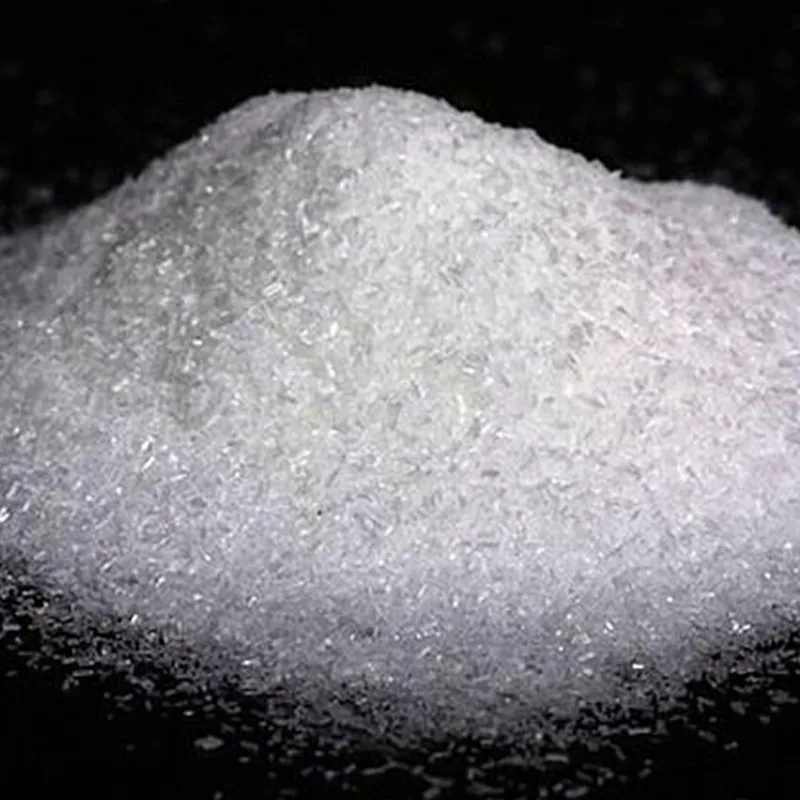
sodium acid pyrophosphate in food
Understanding Sodium Acid Pyrophosphate in Food
Sodium acid pyrophosphate (SAPP) is a chemical compound widely used in the food industry as a food additive. Identified by its E number E450, SAPP plays several crucial roles in food processing, contributing to texture, quality, and shelf life. Its functions, regulatory status, and potential health concerns are essential topics for consumers and manufacturers alike.
What is Sodium Acid Pyrophosphate?
Sodium acid pyrophosphate is a white, crystalline powder that is odorless and soluble in water. It is often produced by heating sodium phosphate and is typically utilized as a leavening agent, particularly in baked goods. By reacting with baking soda, SAPP releases carbon dioxide gas when moistened and heated, helping dough to rise. Moreover, it acts as a stabilizer, emulsifier, and texture enhancer in various food products including potato products, canned goods, and dairy products.
Uses in the Food Industry
One of the primary uses of sodium acid pyrophosphate is in leavening agents. It is often combined with baking soda in formulations for pancakes, biscuits, and other baked items. The reaction between SAPP and baking soda releases carbon dioxide, creating air pockets in the dough, leading to a light and fluffy texture.
Beyond baking, SAPP also has applications in the preparation of processed potato products. When used in frozen or dehydrated potato products, it helps to maintain color and prevents browning, ensuring that the final product retains its appealing appearance. In addition, SAPP can enhance the texture of foods like cheeses and meats by acting as a moisture-retaining agent, which helps to improve mouthfeel and overall palatability.
Regulatory Status
sodium acid pyrophosphate in food

Sodium acid pyrophosphate is generally recognized as safe (GRAS) by the U.S. Food and Drug Administration (FDA) when used in accordance with good manufacturing practices. Similar approvals exist in other regions, such as the European Union, where its use is regulated under EU food law. Regulatory authorities continuously evaluate the safety of food additives like SAPP, and as of the latest assessments, it has been deemed safe for consumption in specified amounts.
Potential Health Concerns
While sodium acid pyrophosphate is considered safe, like many food additives, it should be consumed in moderation. Some individuals may be sensitive to additives, leading to allergic reactions or intolerance symptoms. In high doses, excessive intake of phosphates, including SAPP, has been linked to health issues such as kidney disease or cardiovascular concerns. These issues are typically of more concern when consumed in the context of a diet high in processed foods, which may contain multiple sources of phosphates.
For consumers who are mindful of their dietary choices, it may be worthwhile to read ingredient labels and be aware of the presence of SAPP in certain food products. A balanced diet rich in whole, unprocessed foods can help mitigate any potential negative effects associated with excessive consumption of food additives.
Conclusion
Sodium acid pyrophosphate is a versatile and widely utilized food additive that enhances the quality and texture of many processed foods. Its primary functions as a leavening agent, stabilizing agent, and texture enhancer have made it indispensable in the food industry. With regulatory bodies deeming it safe for consumption, SAPP remains a crucial component in the formulation of baked goods and other processed products.
While there are potential health concerns associated with high phosphate intake, moderate consumption of foods containing SAPP as part of a balanced diet is unlikely to pose significant risks. As consumers, being informed about the ingredients in our food can empower us to make healthier choices. Understanding food additives like sodium acid pyrophosphate ultimately contributes to a more knowledgeable and health-conscious approach to eating.
-
Pure Sodium Dichloroisocyanurate Dihydrate | Powerful DisinfectantNewsAug.29,2025
-
Industrial Chemicals: Quality & Purity for Every IndustryNewsAug.28,2025
-
Nitrile Rubber Honoring Strict Production StandardsNewsAug.22,2025
-
Aspartame Ingredients Honoring Food Safety ValuesNewsAug.22,2025
-
Fertilizer for Balanced Plant NutritionNewsAug.22,2025
-
Cyanide Gold Processing with High Purity AdditivesNewsAug.22,2025
-
Formic Acid in Textile Dyeing ApplicationsNewsAug.22,2025
Hebei Tenger Chemical Technology Co., Ltd. focuses on the chemical industry and is committed to the export service of chemical raw materials.
-

view more DiethanolisopropanolamineIn the ever-growing field of chemical solutions, diethanolisopropanolamine (DEIPA) stands out as a versatile and important compound. Due to its unique chemical structure and properties, DEIPA is of interest to various industries including construction, personal care, and agriculture. -

view more TriisopropanolamineTriisopropanolamine (TIPA) alkanol amine substance, is a kind of alcohol amine compound with amino and alcohol hydroxyl, and because of its molecules contains both amino and hydroxyl. -

view more Tetramethyl Thiuram DisulfideTetramethyl thiuram disulfide, also known as TMTD, is a white to light-yellow powder with a distinct sulfur-like odor. It is soluble in organic solvents such as benzene, acetone, and ethyl acetate, making it highly versatile for use in different formulations. TMTD is known for its excellent vulcanization acceleration properties, which makes it a key ingredient in the production of rubber products. Additionally, it acts as an effective fungicide and bactericide, making it valuable in agricultural applications. Its high purity and stability ensure consistent performance, making it a preferred choice for manufacturers across various industries.





